When it comes to healthy eating and juice blenders, we step into a realm of both delectable flavors and nourishing nutrition. The juice blender is a pivotal instrument in our modern lives, allowing us to seamlessly incorporate a wealth of vegetables and fruits into our daily diet, consequently elevating its nutritional quality. Here are some valuable recommendations on how to harness the potential of a juice blender to enhance your healthy eating habits:
Diverse Ingredients: The allure of a juice blender lies in its ability to harmoniously blend a wide array of vegetables and fruits, creating an endless tapestry of flavor combinations. Experiment with different produce like tomatoes, carrots, mangoes, spinach, and more. This ensures dietary diversity and a rich intake of various vitamins, minerals, and antioxidants.
Vegetable Concentrates: To maximize the nutritional benefits of vegetables in your juices, consider incorporating vegetable concentrates. These concentrates offer the essential nutrients from vegetables without the need for consuming large quantities. This is an ideal solution for individuals with time constraints or a less-than-enthusiastic attitude towards eating vegetables.
Protein Inclusion: To achieve a balanced nutritional profile, you can introduce sources of protein such as Greek yogurt, soy milk, nut butter, or soy protein into your juices. This not only enhances satiety but also fulfills your body's protein requirements.
Natural Sweetness: Fruits inherently possess natural sugars, rendering additional sweeteners unnecessary in most cases. If you desire added sweetness, consider using natural sweeteners like honey, maple syrup, or coconut sugar. However, exercise caution to prevent excessive sugar intake.
Portion Control: While juices concocted from blenders are undeniably delicious, they can also be calorically dense. Pay close attention to the size of your servings to avoid an overindulgence of calories. Remember that juices should complement your diet, rather than dominate it as a primary calorie source.
Whole Ingredients: Strive to incorporate whole fruits and vegetables, including their skins and fibers. This provides a richer source of dietary fiber and other essential nutrients.
Balanced Diet: While a juice blender is instrumental in increasing your intake of vegetables and fruits, it should not supplant the other elements of a balanced diet. Ensure your dietary regimen includes a diverse range of foods, encompassing whole grains, proteins, healthy fats, and vegetables.
Above all, juice blenders serve as invaluable tools for advancing a healthy diet, making it more accessible for you to reap the benefits of vegetables and fruits. Nevertheless, the cornerstones of a well-rounded diet – moderation, balance, and diversity – remain pivotal to the preservation of good health.



 English
English 中文简体
中文简体



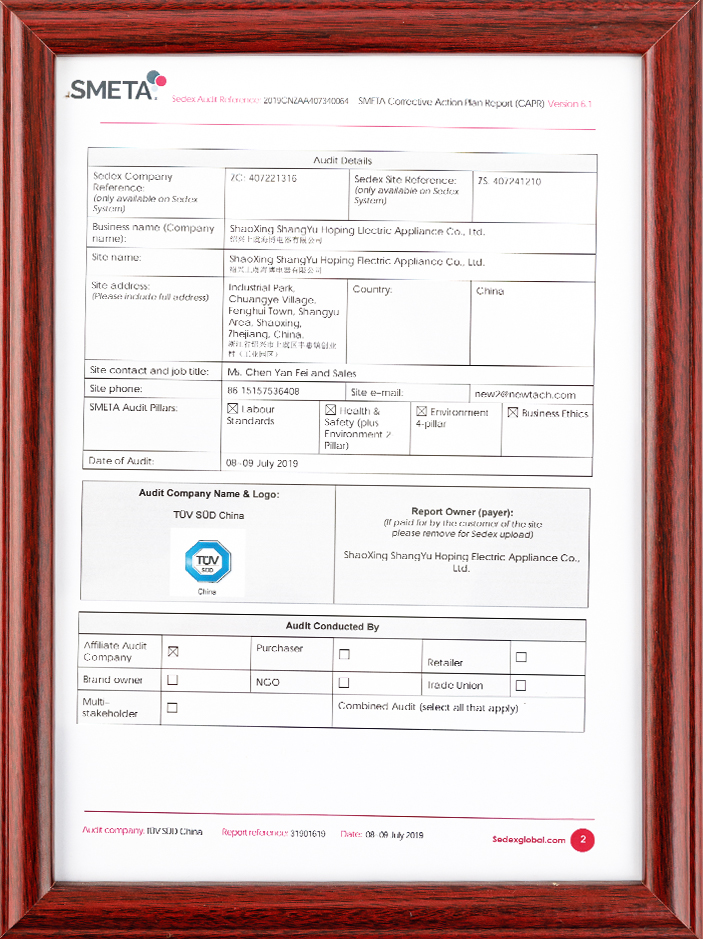

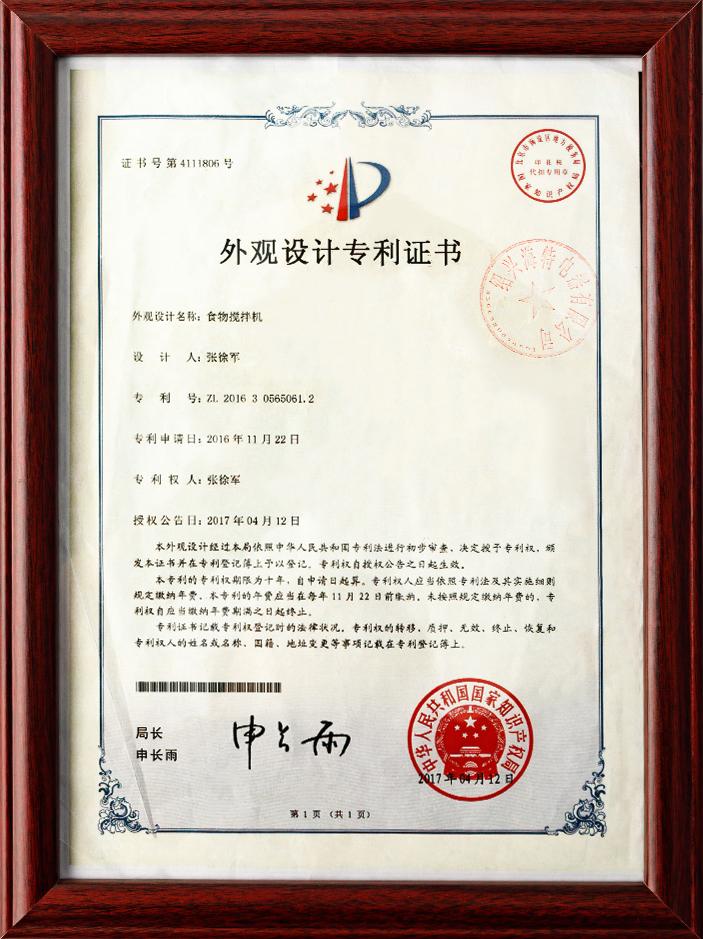
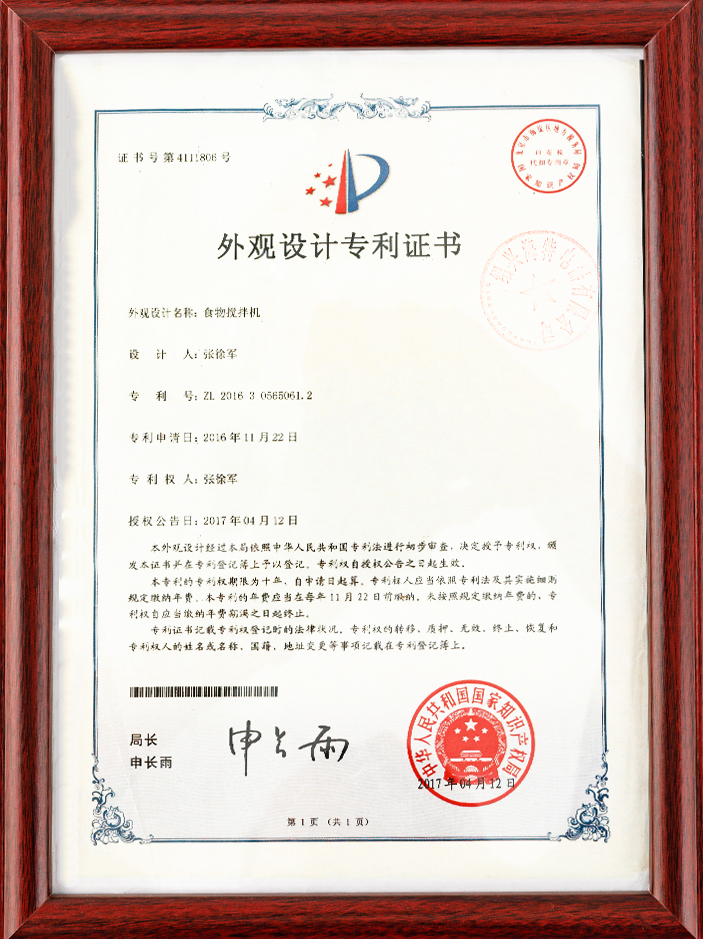
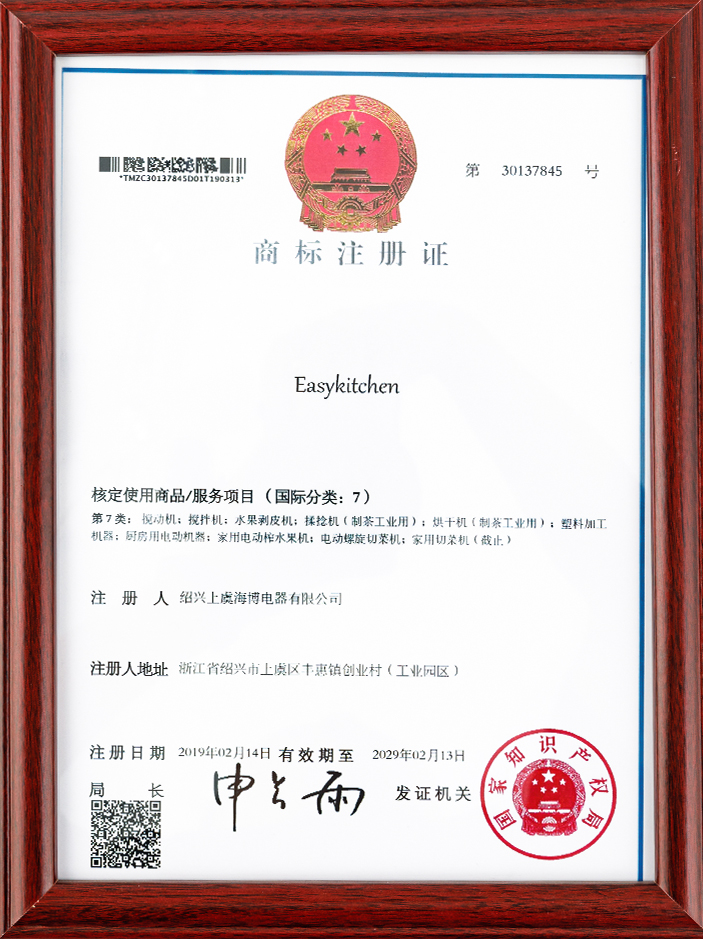
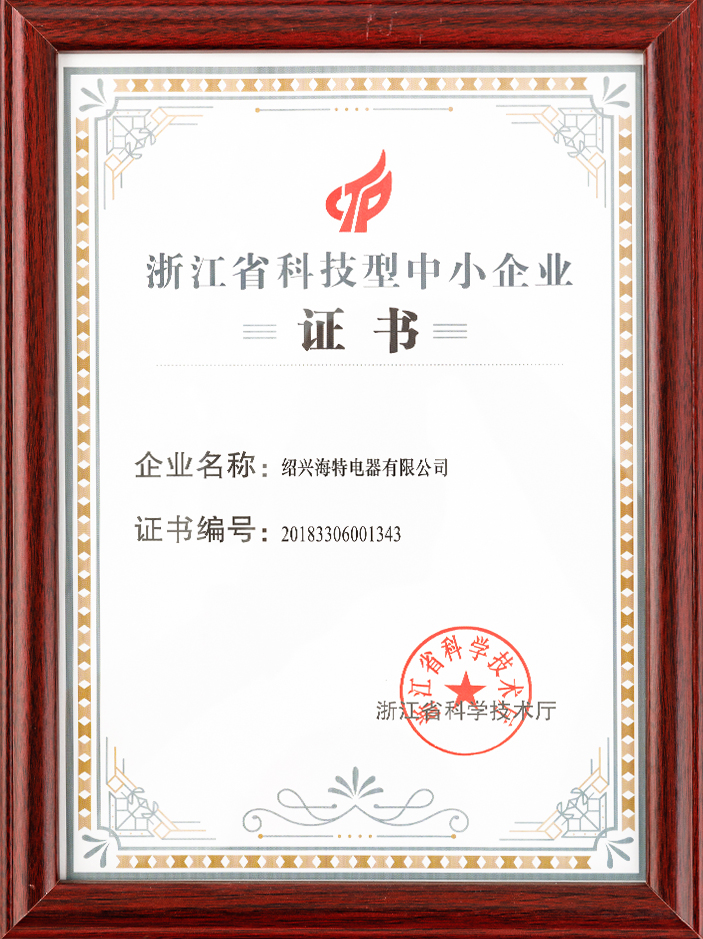
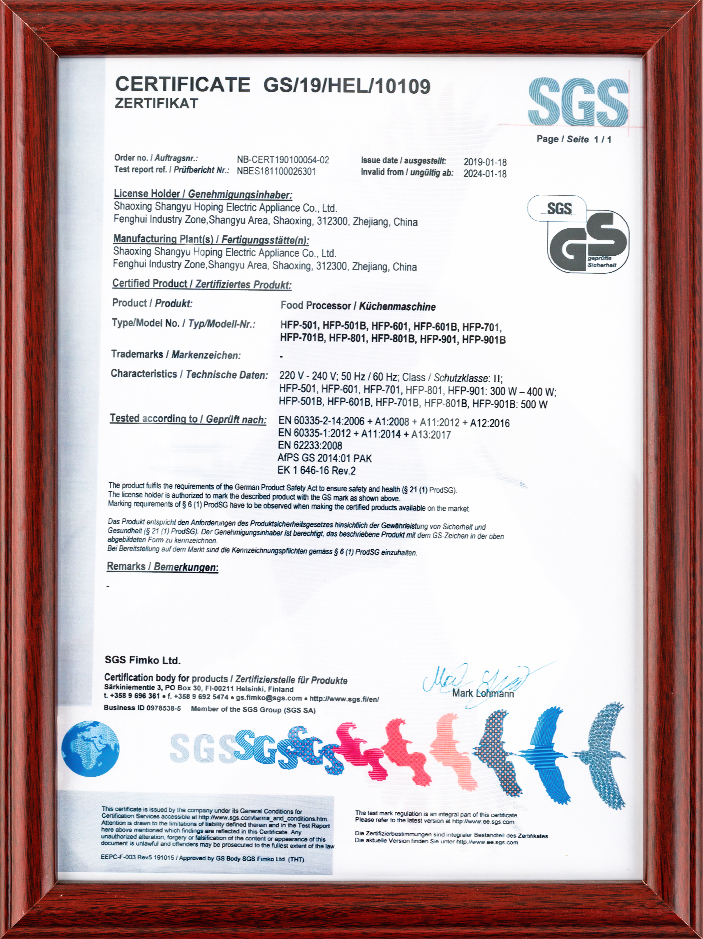





 浙公网安备 33060402001386号
浙公网安备 33060402001386号 